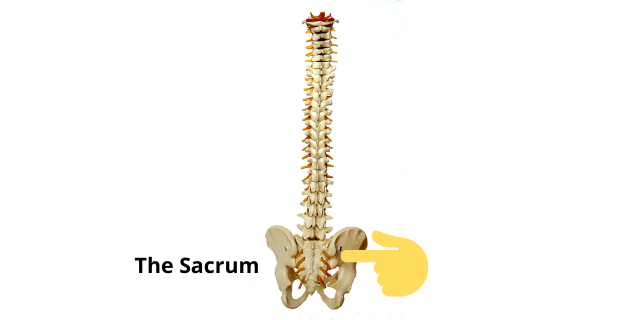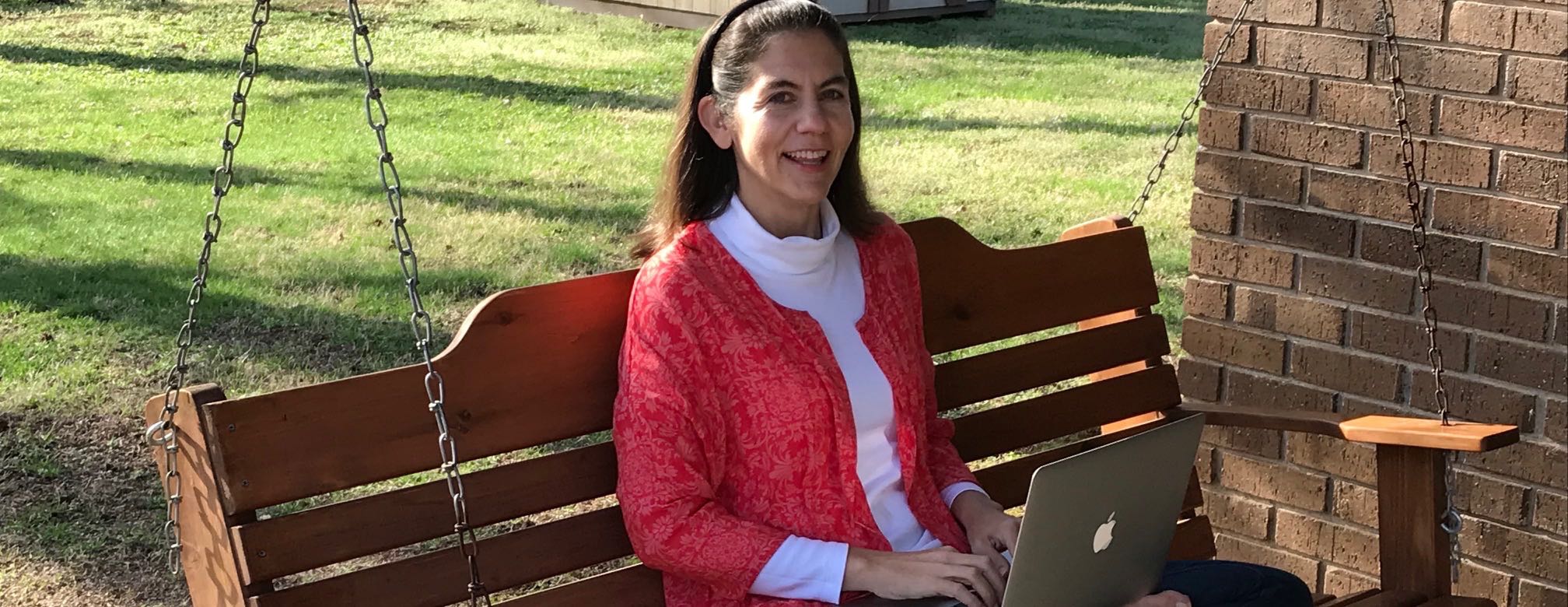
Credit: www.pixabay.com
In my previous blog you may recall that I recently read the book, Your Spine, Your Yoga, by Bernie Clark.
Your Spine, Your Yoga is divided into five chapters: the axial body, the sacral complex, the lumbar, the thoracic and the cervical complex.
This post is dedicated to the chapter on the sacral complex.
At the base of the spine you will find the sacral complex. It is made up of the last two vertebrae, the sacrum (flat bone above your tail bone), the pelvis and tail bone. The sacrum requires stability because it is responsible for transferring force from the top half of the body to the lower half of the body. The sacral complex however requires both stability and mobility. In Yoga, there are countless postures that help us develop this, but what we need to remember is that the variations in our sacral complex mean we should be in tune to what works for our unique selves.
In this chapter of the book, what stood out to me was the emphasis on the sacroiliac joint (SI Joint), and depending on age, gender and individual pathologies, we need to be aware of this joint’s abilities and limits.
The SI joint, like all joints will be stressed when under a load and we strive to stabilise it. However, unlike the other joints, we don’t necessarily want to increase the mobility of the SI joint. We still want to stress the joint to a healthy extent but as Yoga practitioners we are not striving to dramatically increase the range of motion in this tiny joint.
Interesting Facts:
-Once we hit puberty, the sacroiliac joint becomes fibrous. Before puberty it is purely synovial, which means there is fluid. Over time, two-thirds of the joint becomes fibrous and in our later years it can even ossify and become bone-like. This is why grandparents seem a little stiff or rigid when they walk or get up and down from the sofa.
-The pelvis grows 2cm between the ages of 20 to 80 for both males and females. When you’re 80 you’ll have a good, solid base for seated poses, but range of motion will be limited.
-The iliac crest, that’s the curved part of the hip bone, is taller in men than women. This is why men traditionally will have a limited range of motion when folding forward to touch their toes.
-To tuck or not to tuck. For years, teachers said to tuck the tail bone when doing Chair Pose (Utkatasana.) Those days are over. These days, it all depends on the natural tilt of your pelvis. If you’re in pain while in Chair Pose while your tail bone is tucked under, then untuck! Talk to your teacher about the best option for you.
Wanting some help with your spinal alignment in your Yoga practice? Feel free to contact me to set up a private Yoga session. This can be face to face or online.
Do you have any insight on the sacral complex? Leave a comment below to share.
